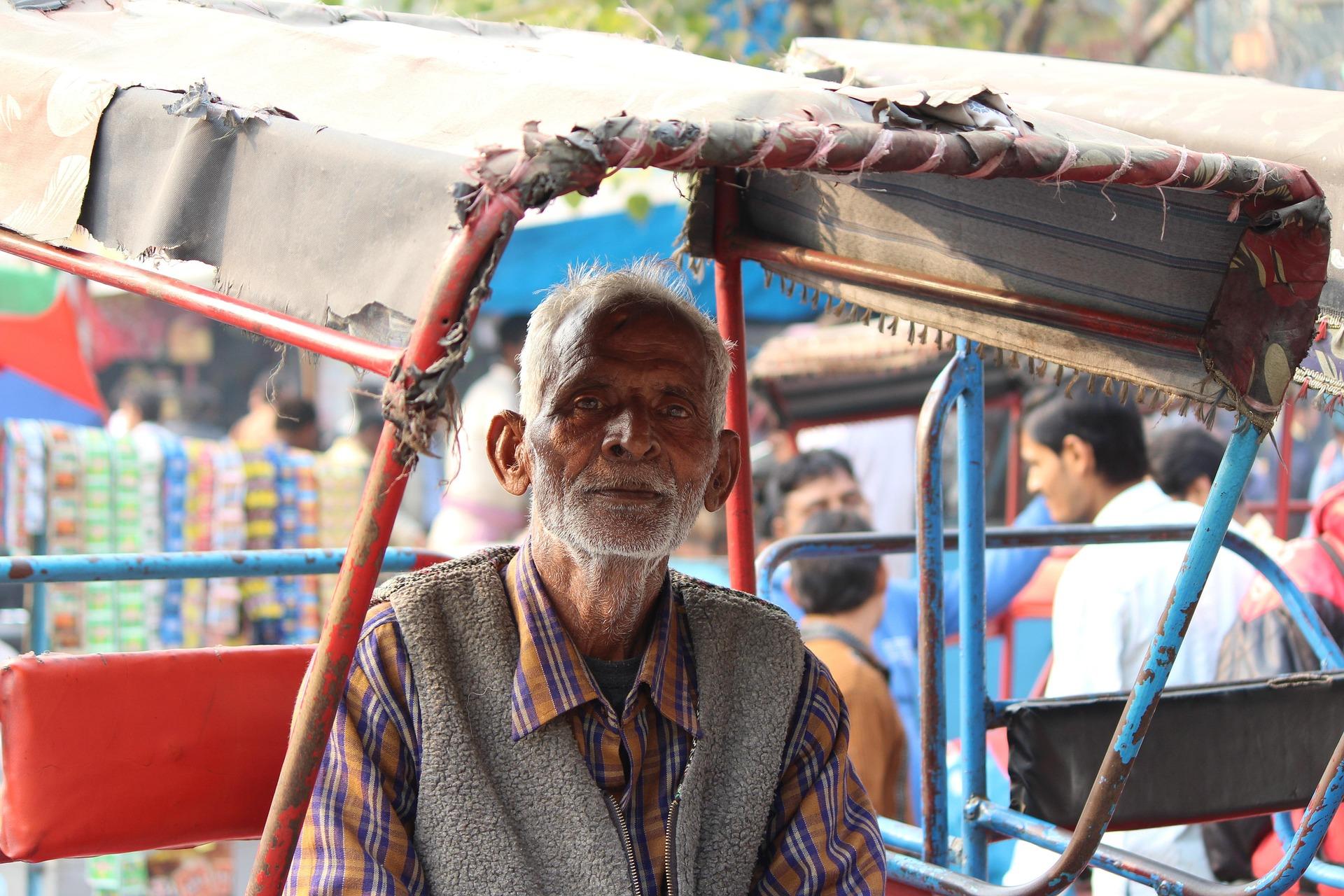
On May 25th, NITI Aayog's CEO proudly declared that India had officially overtaken Japan to become the fourth-largest economy in the world. This announcement was not based on speculation but backed by IMF data, suggesting that India’s rise in global economic rankings is just the beginning of a larger success story. But amidst this celebration, a critical question remains—why is there no visible excitement on the ground? Why hasn’t this monumental milestone become a central theme in election campaigns like in Bihar?
The answer may lie in the contrasting realities within India itself. Despite glowing GDP figures, many still struggle with basic needs—children in Uttar Pradesh are still delivered under mobile flashlight, fans in Bengaluru lose lives in overcrowded events, and job creation remains worryingly low. Elon Musk, once interested in setting up a factory in India, has now cancelled those plans, citing concerns. Foreign Direct Investment (FDI) flows remain weak, even as the government eases Chinese investment norms. This raises the question: What does it mean to be the fourth-largest economy if everyday Indians are not experiencing the benefits?
India has a history of rapid economic growth. Between 2005 and 2011, it moved from being the 10th to the 3rd largest economy by Purchasing Power Parity (PPP), surpassing Japan back then too. However, this ranking slipped by 2014. Under Modi's leadership, India has climbed back to the 4th position—but celebration is muted. The government may be avoiding the mistakes of the Vajpayee-era "India Shining" campaign in 2004, which painted a rosy picture that didn’t resonate with the masses. That campaign failed, and the BJP lost power for a decade.
When you compare India and Japan beyond GDP numbers, a startling reality emerges. Consider two children—Kartik from Uttar Pradesh and Kento from Hokkaido, Japan. Although their countries have similar GDPs, their lives are vastly different. In Japan, social support begins at birth. The government pays for delivery costs, offers universal healthcare, and provides a pension and insurance safety net throughout life. In India, insurance is compulsory only for vehicles. Term plans and health insurance are still luxuries for many, even though affordable options exist starting from as low as ₹400-700.
Despite schemes like Ayushman Bharat, nearly 50% of medical expenses in India come out-of-pocket. A single medical emergency can push an entire family into debt. This is evident in India’s HDI ranking—134th with a score of 0.644, while Japan ranks 23rd with 0.925. Clean water, air quality, education, and public infrastructure all lag far behind in India.
Japan’s schools provide nutritious meals under the Kyushoku program, and the country ranks among the best in reading, math, and science. India, on the other hand, has children in some areas receiving only salt and roti for their midday meals. According to the Global Hunger Index, 18.7% of Indian children are underweight for their age—8 times higher than Japan. Child stunting is at 35.5%, a national epidemic.
Youth unemployment is another concern—13.8% in India compared to 4.4% in Japan. Most of India’s workforce is in the informal sector, lacking job security or social benefits. Even white-collar professionals face frequent layoffs without adequate safeguards. In contrast, Japan provides unemployment insurance and universal health insurance that covers 70% of medical expenses.
India’s manufacturing sector tells a story of missed opportunities. While Make in India promised 10 crore jobs and aimed to push manufacturing’s GDP contribution to 25%, it has dropped to 15%. Employment in agriculture is growing again—opposite of the trend in developing economies. This is largely because service sectors are growing, but they provide fewer jobs compared to manufacturing.
The service sector now contributes 50% to GDP but only 30% to employment. White-collar hiring has dropped 8% in FY 2024–25. The result? A K-shaped recovery—where the rich grow richer, and the rest struggle. The top 1% of Indians hold 40% of the wealth, while the bottom 50% possess just 3%. During the COVID-19 pandemic, over 2 crore Indians fell below the poverty line, while the number of billionaires rose from 102 to 166.
India’s GDP per capita is just $2,500, ranking 144th globally. Japan’s is more than $33,000. Removing the top 5% of India's wealthy, the rest have a per capita GDP closer to $1,100—worse than several Sub-Saharan African nations. While GDP growth headlines dominate, ground reality reflects extreme inequality. According to the UN's inequality-adjusted HDI, Japan scores 0.84; India, just 0.47.
The government’s policies have not helped either. MGNREGA’s budget allocation has remained unchanged despite rising inflation, weakening rural consumption. Meanwhile, over 35,000 MSMEs have shut down post-demonetization, GST rollout, and pandemic shocks. These small enterprises, critical for employment generation, have suffered while big corporates have thrived.
The economy is growing, yes—but only for a few. As we inch closer to surpassing Germany and becoming the world’s third-largest economy, the lived experience of most Indians remains unchanged. The Modi government seems cautious about flaunting this GDP milestone in elections, perhaps fearing a repeat of 2004. Economic figures can be misleading when they don’t reflect ground realities.
True economic progress must include equitable growth, access to quality healthcare, education, and social safety nets. Until then, India may win the GDP race, but the real race—for dignity, security, and opportunity for all—is far from over.
Disclaimer:
This article is based on current economic data and public discourse. Views expressed aim to highlight structural challenges behind macroeconomic indicators. Readers are encouraged to analyze further and form their own conclusions.




